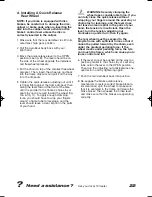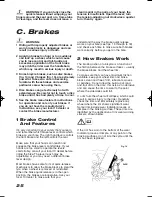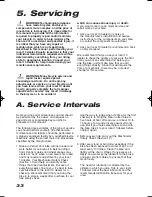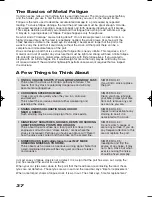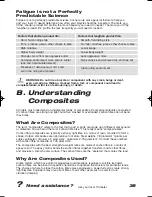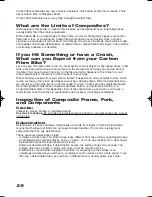
?
Need assistance?
Ask your
local 13 dealer
36
A. Understanding Metals
Steel is the traditional material for building bicycle frames. It has good characteristics, but in
high performance bicycles, steel has been largely replaced by aluminium and occasionally by
titanium. The main factor driving this change is interest by cycling enthusiasts in lighter bicycles.
Properties of Metals
Please understand that there is no simple statement that can be made that characterizes the
use of different metals for bicycles. What is true is how the metal chosen is applied is much
more important than the material alone. One must look at the way the bike is designed, tested,
manufactured, supported along with the characteristics of the metal rather than seeking a
simplistic answer.
Metals vary widely in their resistance to corrosion. Steel must be protected or rust will attack it.
Aluminium and titanium quickly develop an oxide film that protects the metal from further
corrosion. Both are therefore quite resistant to corrosion. Aluminium is not perfectly corrosion
resistant, and particular care must be used where it contacts other metals as galvanic corrosion
can occur.
Metals are comparatively ductile. Ductile means bending, buckling and stretching before
breaking. Generally speaking, of the common bicycle frame building materials steel is the most
ductile, titanium less ductile, followed by aluminium.
Metals vary in density. Density is weight per unit of material. Steel weighs 7.8 grams/cm3
(grams per cubic centimeter), titanium 4.5 grams/cm3, aluminium 2.75 grams/cm3. Contrast
these numbers with carbon fibre composite at 1.45 grams/cm3.
Metals are subject to fatigue. With enough cycles of use, at high enough loads, metals will
eventually develop cracks that lead to failure. It is very important that you read the basics of
metal fatigue below.
Let’s say you hit a kerb, ditch, rock, car, another cyclist or other object. At any speed above a
fast walk, your body will continue to move forward, momentum carrying you over the front of the
bike. You cannot and will not stay on the bike, and what happens to the frame, fork and other
components is irrelevant to what happens to your body. What should you expect from your
metal frame? It depends on many complex factors, which is why we tell you that
crashworthiness cannot be a design criteria. With that important note, we can tell you that if the
impact is hard enough the fork or frame may be bent or buckled.
On a steel bike, the steel fork may be severely bent and the frame undamaged. Aluminium is
less ductile than steel, but you can expect the fork and frame to be bent or buckled. Hit harder
and the top tube may be broken in tension and the down tube buckled. Hit harder and the top
tube may be broken, the down tube buckled and broken, leaving the head tube and fork
separated from the main triangle. When a metal bike crashes, you will usually see some
evidence of this ductility in bent, buckled or folded metal.
It is now common for the main frame to be made of metal and the fork of carbon fibre (see
Section B, Understanding composites below). The relative ductility of metals and the lack of
ductility of carbon fibre, means that in a crash scenario, you can expect some bending or
bucking in the metal but none in the carbon. Below a given load the carbon fork may be intact
even though the frame is damaged. Above that load the carbon fork will be completely broken.
13
owners manual GENERIC A5 aw
05/05/14
10:25 Page 38

